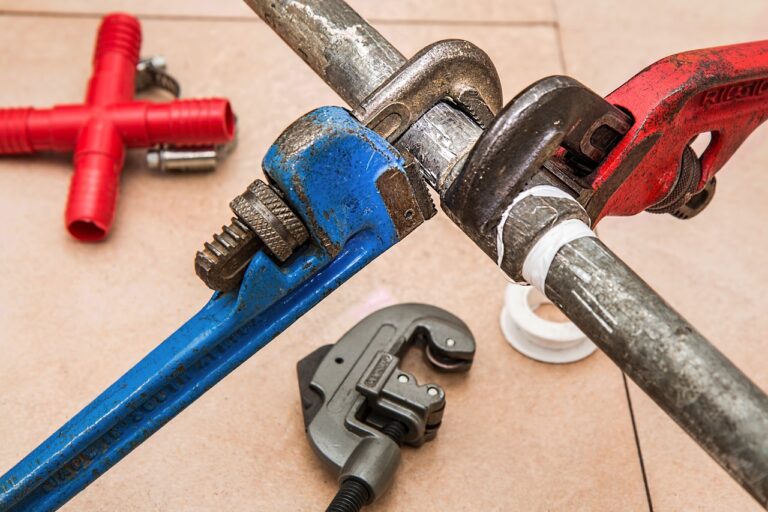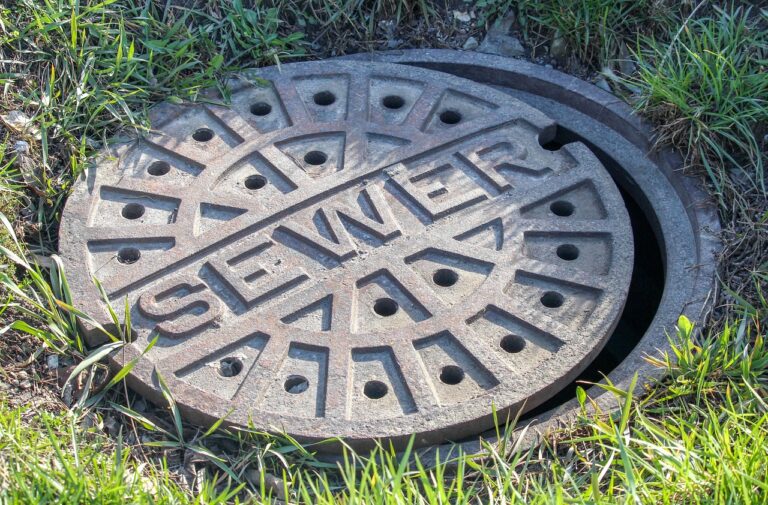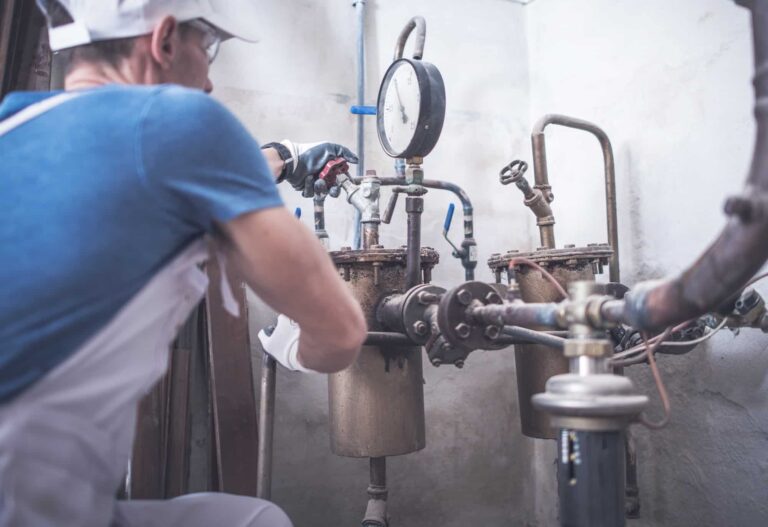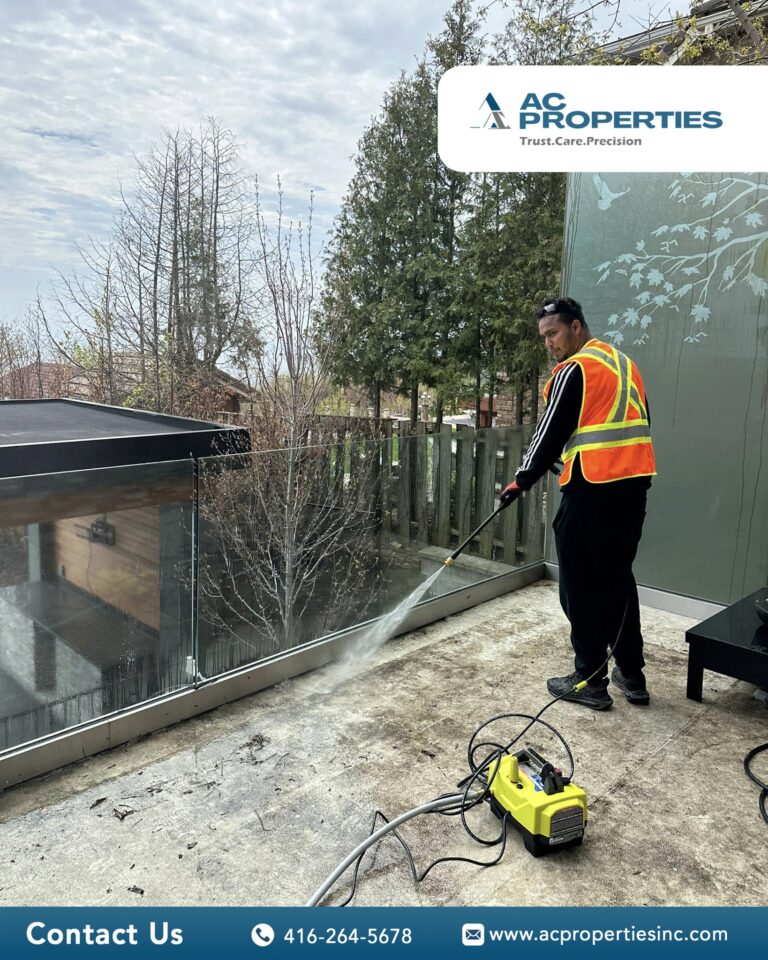Imagine hearing the forecast predict a major storm heading your way! While most people are worrying about getting wet or having to change their plans, you’re grappling with something more severe: will your basement stay dry? That’s where Effective Waterproofing Techniques Steps in!
It’s a legitimate concern! Basements are more than just extra space—they provide essential living areas, storage, and utility space in homes. However, they can also be a headache for homeowners due to issues like water seepage and damage.
Unmasking Hidden Dangers: Signs Your Basement Needs to adopt Effective Waterproofing Techniques Now!
If you’ve noticed any of these telltale signs of moisture intrusion in your basement, it’s time to take action before further damage occurs. Recognizing the early indicators of basement flooding is crucial in addressing potential water damage and implementing timely solutions. Look out for these red flags that indicate the need to waterproof your basement:
- Noticeable Mold or Mildew Formation
The presence of mold or mildew on drywall, concrete block walls, or floor indicates a humid environment, which eventually leads to potential basement flooding.
- Damp or Moist Walls and Floors
Damp or moist basement walls and concrete floors are clear signs of excessive moisture, suggesting water intrusion.
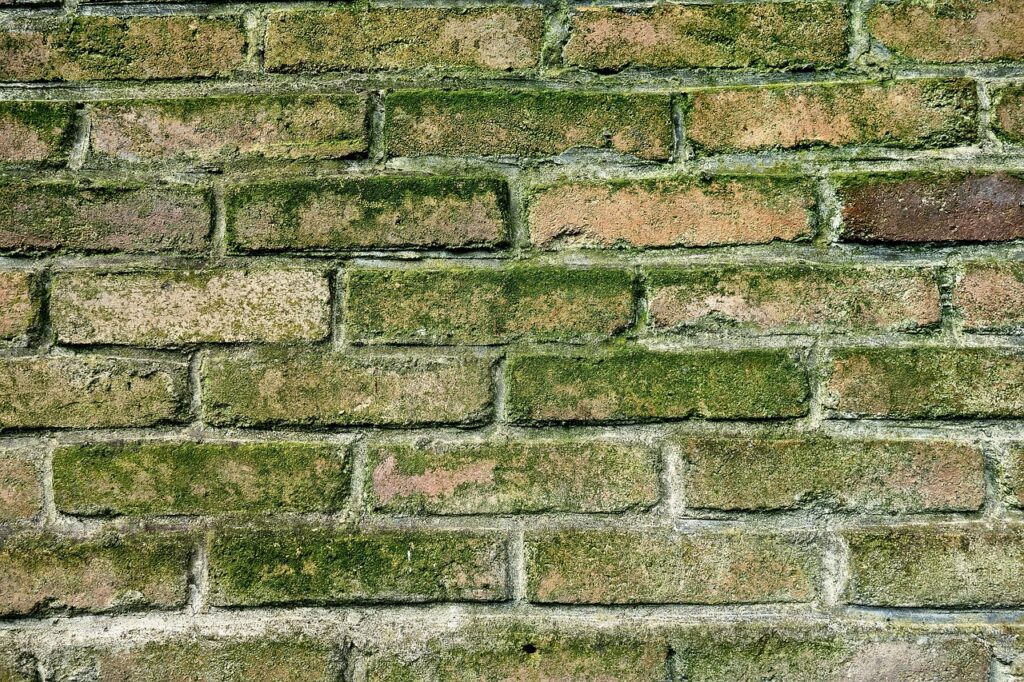
- Water Stains and Mineral Deposits
Water stains or discoloration on the walls, floors, or ceilings, as well as mineral deposits like efflorescence, are clear signs of previous or ongoing water infiltration.
- Peeling Paint or Floor Bubbles
Peeling paint or bubbles in flooring materials indicate moisture issues, suggesting water intrusion or high humidity levels in the basement.
- Musty, Dank Odors
Noticeable musty or dank odors in the basement are a warning sign.
- Cracks in Foundations or Floors
Newly formed cracks in the foundation walls or basement floor can indicate structural shifts due to water pressure.
- Infiltration Through Window Wells
Window wells that allow water infiltration are a direct indication of water intrusion, confirming the occurrence of basement flooding and the urgent need for mitigation measures.
- Puddles or Standing Water
Noticeable puddles or standing water in the basement are direct indications of water intrusion.
Causes Of Moisturization:
Understanding the causes of such moisturization can give you a sense of control. By identifying and addressing these causes, you can prevent basement moisture and protect your home.
- Hydrostatic Pressure:
Hydrostatic pressure occurs when water-saturated soil surrounding the foundation exerts pressure against basement walls and floors. This pressure forces water through cracks and porous materials, leading to moisture issues in the basement.
- Poor Drainage Systems:
Inadequate drainage systems, such as improper soil grading or a lack of effective gutters and downspouts, can result in water pooling around the foundation. This accumulated water can seep into the basement over time, causing dampness and potential water damage.
- Foundation Cracks:
Cracks in the foundation walls or floors are common pathways for water infiltration, contributing to basement moisture problems.
- Condensation:
Moisture condenses into water droplets, leading to dampness and potentially mold growth, especially in basements with inadequate ventilation or insulation.
- Leaking Pipes and Appliances:
Leaks from plumbing pipes, water heaters, washing machines, or other household appliances can introduce moisture into the basement. It gradually increases humidity and contributes to basement moisture issues.
- High Groundwater Table:
Areas with a high groundwater table are susceptible to water intrusion during periods of heavy precipitation or snowmelt, which can exert pressure on the foundation and force water through any openings or cracks.
- Poorly Maintained Gutters and Downspouts:
If gutter and downspout systems are clogged, damaged, or improperly installed, water can overflow around the foundation and eventually seep into the basement.
- Inadequate Soil Grading:
If the soil is improperly sloped or settles over time, rainwater and runoff may collect near the foundation walls, increasing the likelihood of basement moisture issues.
Identifying and addressing the above causes is crucial to prevent basement moisture.
Basement Waterproofing Methods-
According to industry data, interior basement waterproofing methods have been shown to reduce basement flooding incidents by up to 80% in homes across urban areas like the GTA. On the other hand, exterior waterproofing methods can reduce basement water infiltration by up to 95%.
Let’s briefly discuss both the methods-
Interior Waterproofing
- Interior Sealants and Waterproof Coatings:
Applying sealants or waterproof coatings to the interior walls and floors of the basement provides a barrier against moisture penetration. This method is relatively easy and cost-effective.
- Interior Drainage Systems:
A perimeter drain or sump pump system is installed to collect and channel water that seeps into the basement. It directs water away to prevent flooding or moisture buildup.
- Crawl Space Encapsulation:
Sealing and waterproofing the crawl space beneath the house prevents moisture from rising, improves indoor air quality, reduces humidity levels, and prevents structural damage caused by moisture.
Exterior Waterproofing
- Exterior Waterproofing Membranes:
Installing waterproof membranes or coatings on the exterior foundation walls prevents water from reaching the foundation walls.
- French Drains:
Installing a French drain system around the exterior perimeter of the foundation collects and redirects groundwater away from the foundation, preventing water pressure buildup around the basement walls.
- Exterior Excavation and Waterproofing:
Excavating around the foundation to apply waterproof coatings or membranes directly to the exterior walls provides a comprehensive waterproofing solution. It addresses potential water entry points from the outside.
- Grading and Landscaping:
Ensuring proper grading and landscaping around the house directs water away from the foundation. This helps prevent water pooling near the foundation walls, reducing the risk of basement moisture.
- Window Well Covers:
Installing covers over basement window wells prevents water from entering through window openings. It protects basement windows from water infiltration during heavy rain or snowmelt.
Why Should You Waterproof Your Basement?
Well, after all we have discussed above, why should you not? Check out the following reasons; it will be easy for you to decide-
- Protects Against Water Damage:
Over 50% of basement flooding in Canada is due to failures in foundation waterproofing. Proper waterproofing can prevent this.
- Improves Air Quality:
It reduces humidity and prevents mold growth, making the air in your basement and home healthier to breathe.
- Increases Home Value:
A waterproofed basement adds value to your home. In the GTA, such properties get sold for up to 10% more.
- Adds Usable Space:
Basement renovations can increase usable living space by up to 30% in GTA homes, making waterproofing a cost-effective investment.
- Saves Energy:
It helps maintain consistent indoor temperatures, lowering heating and cooling costs. According to local energy efficiency studies, properly insulated basements in the GTA can reduce energy costs by up to 15%.
- Protects Foundation:
In the GTA, where freeze-thaw cycles are typical, protecting foundations from water damage can extend their lifespan by 20 years or more.
- Saves Money Long-Term:
While it costs initially, GTA homeowners who invest in basement waterproofing typically save over $7,000 in potential water damage repairs over the lifetime of their homes.
Knowing your basement is protected from water issues gives you peace of mind and reduces worry about flooding or damage. Investment in waterproofing now can save you from future costly repairs.
Our Recommendation-
Secure Your Home with Basement Waterproofing As Early As Possible!
Basement waterproofing isn’t just a precaution—it’s essential protection against basement flooding, a common issue affecting over 60% of homes in the GTA. Waterproofing not only reduces the risk of costly water damage but also increases property value by up to 10%. Take proactive steps today to safeguard your home, enhance its longevity, and enjoy a dry, secure basement for years to come.
FAQ:
What is the best basement waterproofing method?
The best basement waterproofing products include sealant, epoxy, sump pumps, and dehumidifiers. For more comprehensive waterproofing, consider getting a contractor to install interior or exterior drain tiles, plus gutters and French drains outside.
What is the strongest waterproofing?
Polyurethane is considered one of the best waterproofing materials. It can be applied seamlessly and penetrates the surface deeply and evenly. Thus, the polyurethane membrane will fill in even the finest cracks in concrete, reducing its water absorbency capacity.
What is the latest waterproofing technique?
One of the most well-known applications of nanotechnology in modern life is the use of ceramic coating for waterproofing. Water, oil, dirt, and other dry particles are repelled by nanocoating, which are hydrophobic surface layers (water-repellent) and oleophobic (oil-repellent)
Which type of waterproofing is the most expensive waterproofing?
The polyurethane liquid membrane waterproofing method is the most expensive one, but it can offer greater flexibility.
What is the cheapest method of waterproofing?
The cheapest options include using cementitious coatings or acrylic-based waterproofing products.
How many years does waterproofing last?
Quality waterproofing systems should last for at least 10 years. Statistics have shown that faulty waterproofing is among the top building defects.
What can damage waterproofing?
Poor installation, external pressure from soil or roots, Inadequate Preparation of the Surface for Waterproofing, Incompatibility with Other Materials, and neglect of regular maintenance can damage basement waterproofing.

